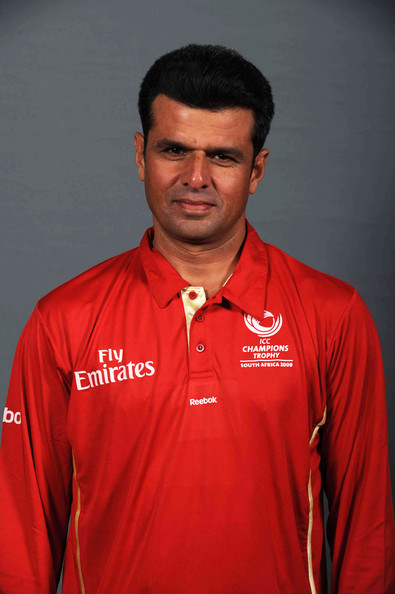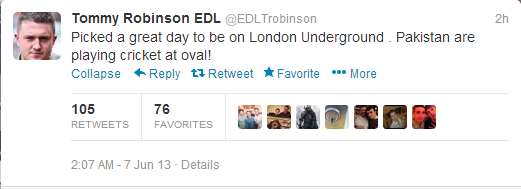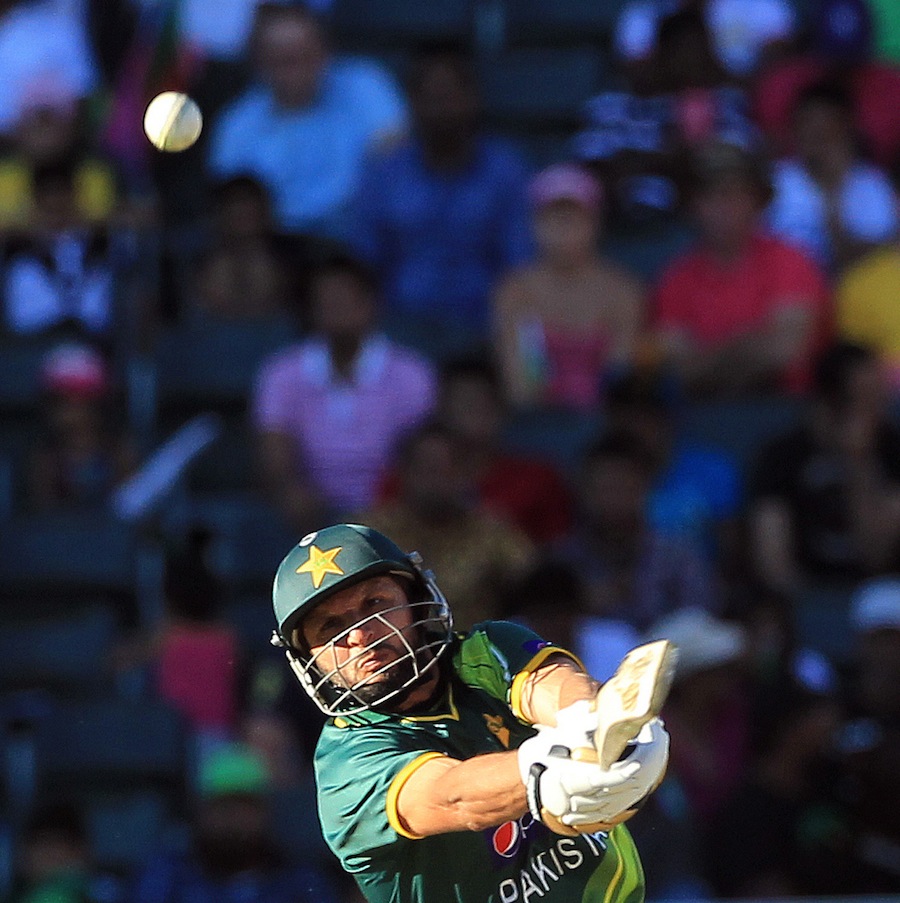Pakistan 363 (Babar 68*) and 66 for 1 (Haris 39*, Imam 18*) beat England 184 (Cook 70) and 242 (Root 68, Buttler 66, Bess 57, Abbas 4-41, Amir 4-37) by nine wickets.
The last time England lost the first Test of a summer was in 1995 against West Indies. In the 22 years since then England have won 16 and drawn 6. Pakistan’s thumping victory at Lord’s then may have come as a surprise to some, but when you look closely; the signs were there.
Pakistan prepared well coming into this two-match series, acclimatising early to the tricky conditions posed by the Irish spring. That preparation was followed by meticulous application of well-thought out plans with the bat, the ball and in the slips. England were well and truly outthought, outfought and outwitted.
Root’s decision to bat first after winning the toss on an overcast morning at Lord’s was a strange one. Pakistan would have bowled first either way and they exploited the conditions expertly.
Mohammad Abbas bowled tremendously, deservedly claiming all the accolades. Bowling close to the wicket at medium pace, getting the ball to move both ways and to wobble in the air – at times he gave Pakistani fans tantalising shades of Asif bowling into the wind. Abbas’s match figures of 8-64 are the best by a Pakistan quick in a Lord’s Test but he was desperately unfortunate not to get on the Honours Board.
Pakistan tirelessly pursued a tactic of pitching the ball up and bowling dead straight. They did so with great skill and discipline. 15% of deliveries bowled by Pakistan were hitting the stumps, compared to under 11% of deliveries bowled by England. 11 of England’s 20 wickets were either bowled or leg before.
England’s batsman often batted with a high back-lift and consequently went hard at the moving ball. They played the ball too early and were found wanting. They only really looked to combat Pakistan’s persistently good line and length when Butler and the debutant Bess were at the crease in the final session of the third day. Butler began to stand outside his crease, negating the swing. This invited Sarfraz to stand up to Abbas in a compelling passage of play.
Ed Smith (England’s new national selector) gave us an immediate insight into his thinking by selecting Butler on the back of a good IPL season having not featured in first-class cricket this season. He hasn’t played a Test for 18 months and averages only 31 in Test cricket. Butler’s 66 was only his second first class 50 in 3 years.
Jos Butler’s selection embodies the direction English cricket is going toward: dynamic, entertaining and expansive cricket but, at the same time, too brash to sustain the laborious demands of test match cricket.
Pakistan demonstrated the patience and determination required with the bat at this level. They waited for the ball, played it late and under their eyes and, except for Sarfraz’s dismissal, they did well not to succumb to the hook or pull when the England bowlers were relentlessly banging it in short. Babar Azam beautifully-crafted innings was an illustration once again why he is Pakistan’s best batsman. That exquisite punch of the back foot against Anderson immediately after lunch on day 2 was exquisite.
As good as Pakistan were, England were terrible. Their second successive loss to Pakistan at Lord’s is a consequence of their stubborn insistence to prioritise white ball cricket under the leadership of Andrew Strauss and Trevor Baylis.
England are favourites for next summer’s world cup for good reason. Trevor Bayliss has coached England in 57 one-day internationals. They have won 38. However, their gradual neglect of the skills and virtues exhibited in the longer form of the game has made them a worse test side than at any time in the last decade. This is the Australian’s 44th Test in charge of England and they have only won 15, losing 20.
The obsession with limited overs cricket in recent times has impacted the longer format of the game in good and bad ways.
One noticeable affect is the shortening of the duration of Test matches. It is increasingly rare to see a fifth day played in Test cricket and much rarer still to see the match’s result actually decided on that fifth day. Usually, the final day’s play is little more than a formality, if it happens at all. Since scorecards started logging this information regularly in 1975, there has been a gradual decrease in the proportion of Test matches that went into a fifth day. More than three quarters (75.2%) of Tests between 1975 and 1979 went into a fifth day, rising to 77.1% in the 1980s. That figure has dropped to just 58.3% this decade, coinciding with the rise of T20 Cricket.
Another regrettable consequence is the sensational batting collapses. England lost 4 for 6 in 18 balls in the first session on the fourth day and 5 for 16 in the first innings. Indeed England have developed a dangerous habit of crumbling under pressure. 20-9 in Auckland this winter is another very embarrassing example of this.
Amongst the chaotic batting collapses, the ‘advertising men’ welcomed the opportunity to gleefully advertise the IPL final, another unconscious indication perhaps of where priorities lie in the modern game. Bumble and Botham grudgingly paying homage to cricket’s orgy extravaganza.
Pakistan’s players have of course been shunned by the IPL and the riches that come with it, good and bad. The upside to this is a more united pool of players to choose from. And with the help of the much more modest PSL, Pakistan selected a hugely inexperienced squad with only four survivors from the last series here two years ago. This included five uncapped players on tour for Pakistan and with only 15 tests between Abbas, Hassan, Faheem and Shadab.
Credit here goes to Chief Selector Inzamam, working closely with Mickey Arthur. Pakistan’s coach has experienced a contrast of fortunes to his Australian counterpart. He has given Pakistan the consistency that their frantic cricket has always lacked. Under Micky Arthur Pakistan became the number 1 ranked test side as well as number 1 ranked T20 side. He also took Pakistan to that memorable 2017 ICC Champions Trophy title on 18 June.
England haven’t suffered a Test series defeat to Pakistan on home soil since 1996; they have recorded two victories and two draws since then. They last lost a home Test series in June 2014 (v Sri Lanka), claiming five wins and two draws since. These are all records that Pakistan could come very close to breaking at Headingly next week.
It is often said of the Pakistan cricket team that you never quite know which team is likely to turn up. The same could be said of the England team these days, as defeat to Pakistan at Lords means they are now eight tests without a victory.









